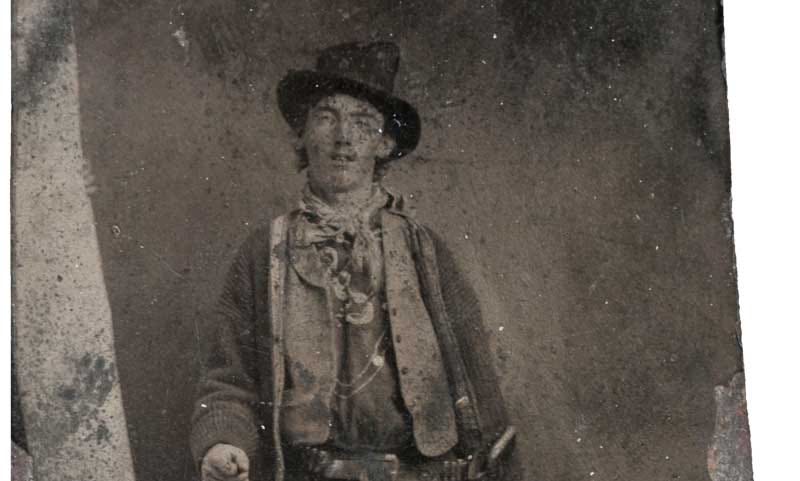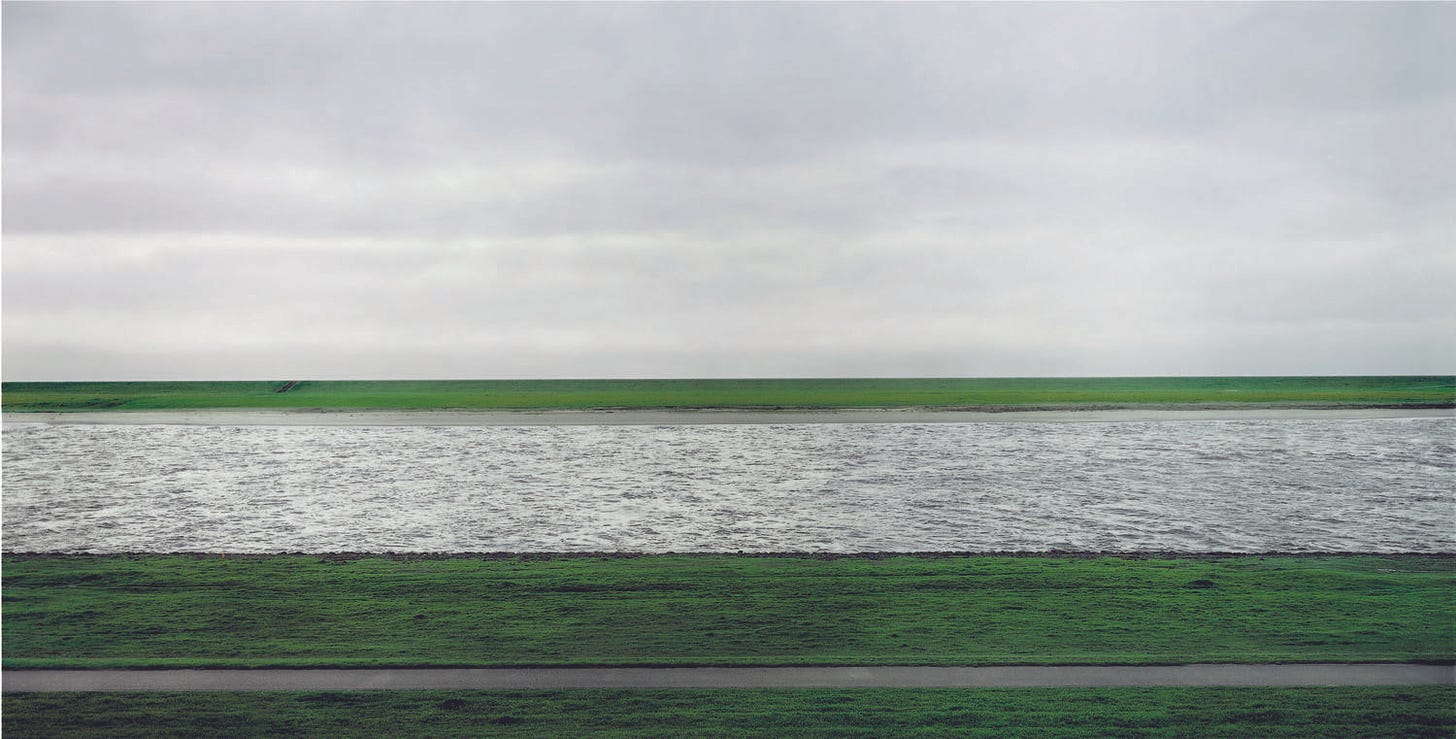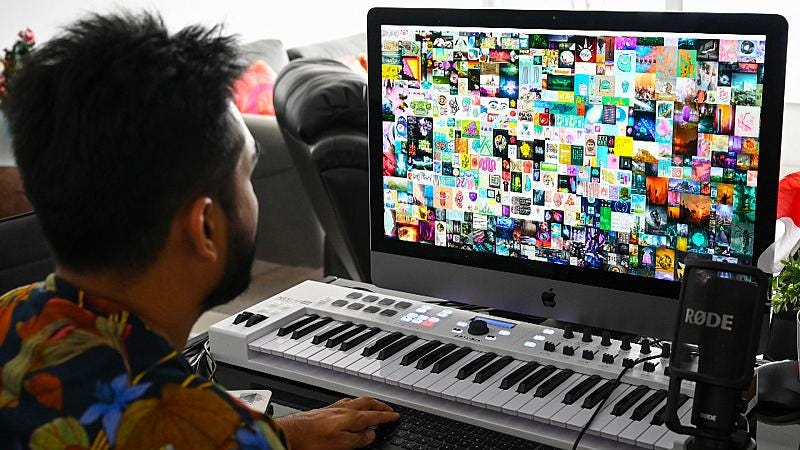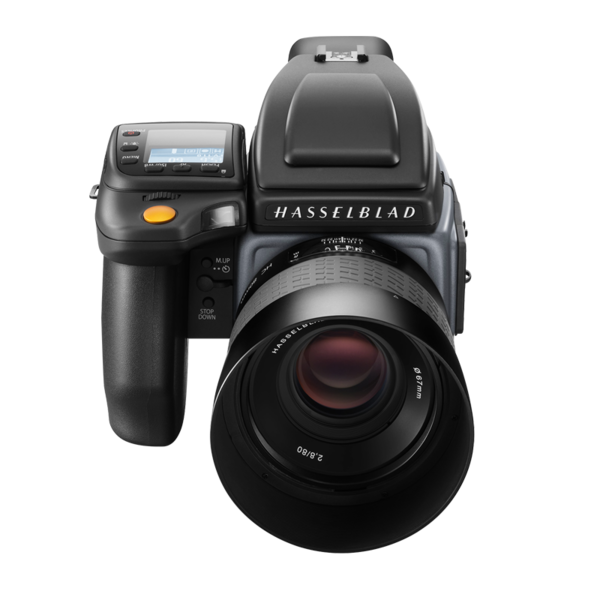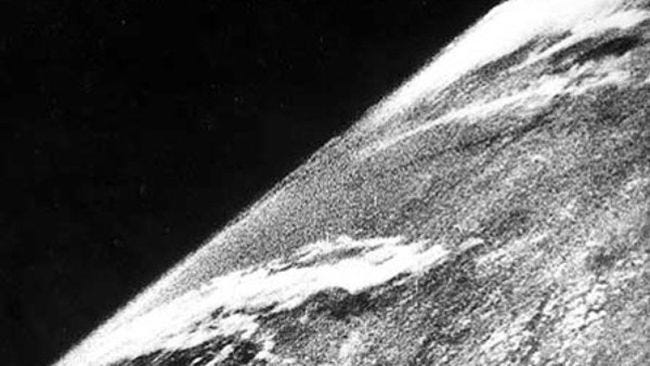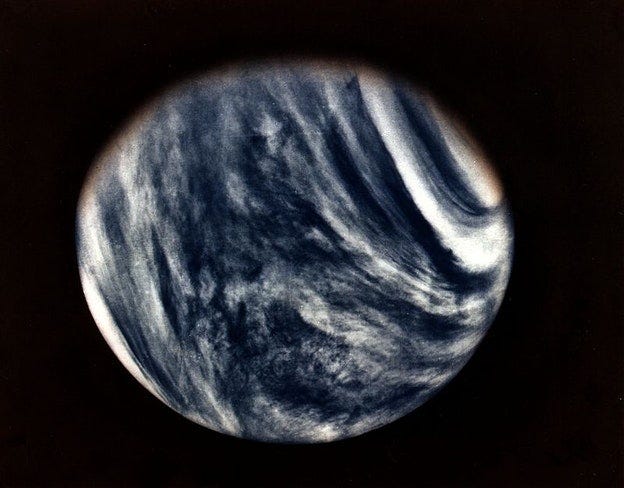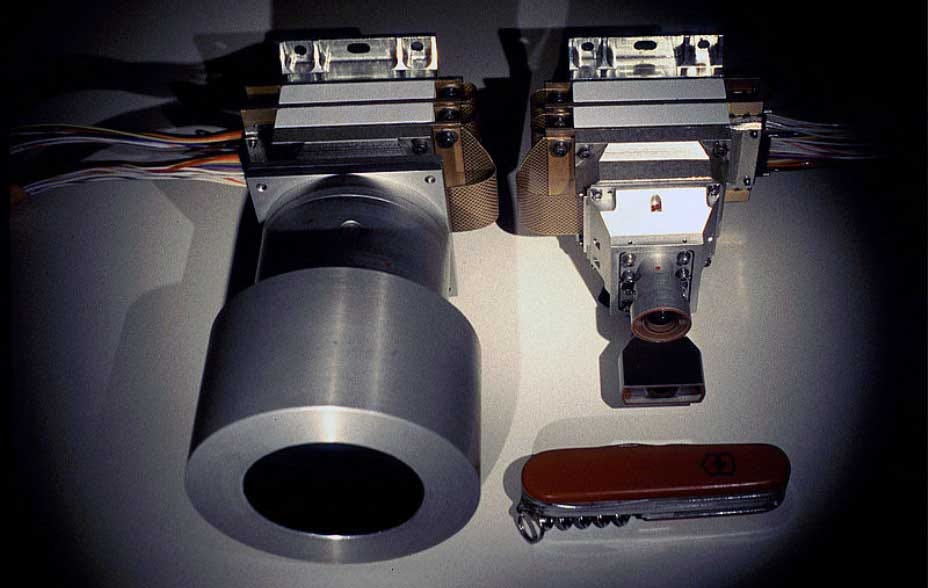The unfortunate story of the most expensive photo ever taken
Spoiler alert: The image itself kinda sucks.
Hello history friends! Time for a fun one. This month I want to share with you the strange story of what I am pretty confident is the most expensive photo ever taken.
And the worst part is, it isn't even a good image!
I'll explain in a moment– and I’ll show you the image itself. But first, let's think about what makes something expensive to begin with...
In the "free market" the value of an item is whatever someone else is willing to pay, right?
Sometimes the price a person is willing to pay for something can seem quite silly. Especially where art is concerned. For instance, a series of selfies from photographer Cindy Sherman in the the 1970s and 80s has fetched upwards of one million dollar per image at auction. Like this one:
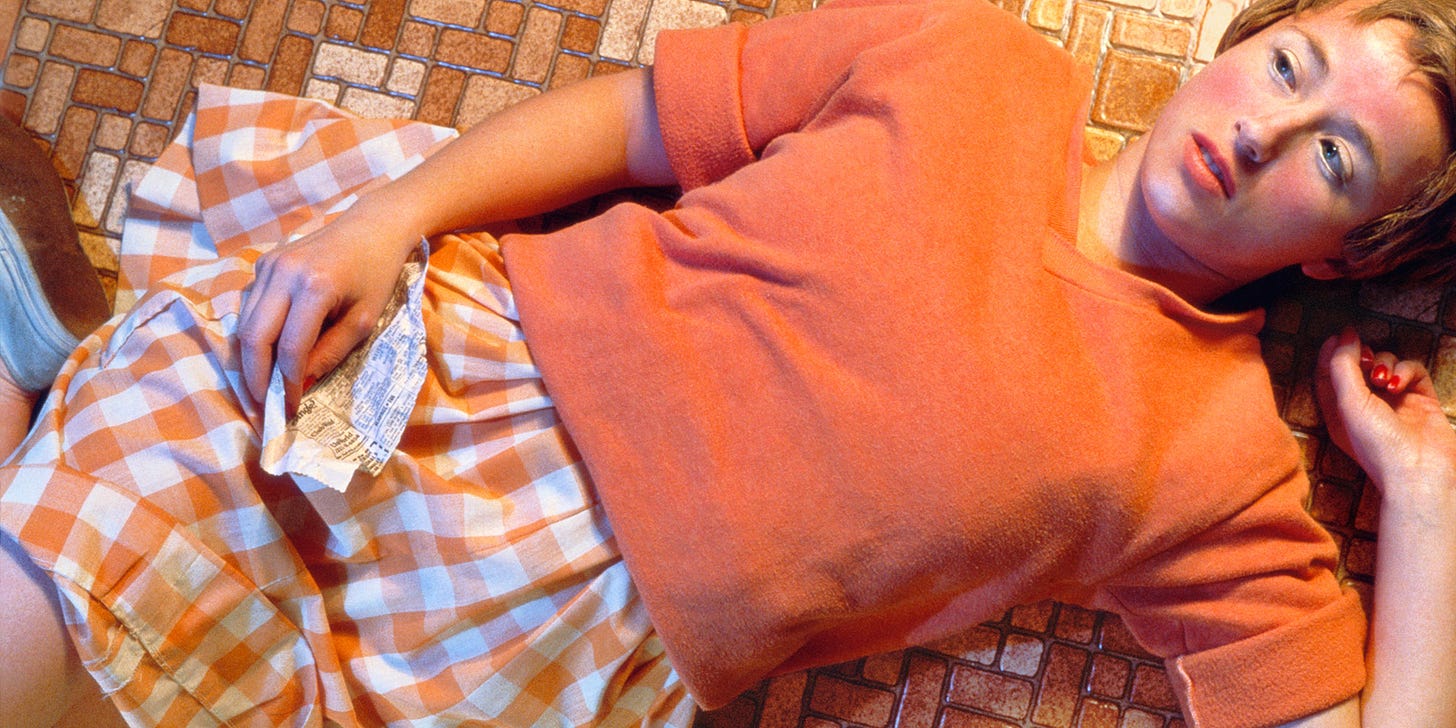
Art is subjective. And, at a pricey auction house, value is too.
Occasionally very rare photographs come up for auction that weren't originally meant to be art, but become valuable because of their historical nature
That's the case for this tintype portrait of Billy the Kid taken circa 1880, auctioned off for $2.2 million in 2014 (below). Perhaps the value of artifacts is easier to understand. Antiques are often valuable, right? And nobody’s creating new photos of Billy the Kid anymore, so there’s a limited number of these items available for purchase. Plus, this is a physical object.
Those aren't even the most expensive photograph ever sold at auction!
This 1999 photograph (below) by German artist Andreas Gursky, which was auctioned off for $4.3 million. Don't ask me why this image became the most expensive photograph ever auctioned in 2011, because I haven't got an answer. Fine art? To me it just seems… fine.
All of the images I’ve shown you so far were made with film. Well, all of them except for that Billy the Kid historical photo which was taken with an old time-y camera that printed images directly on a flat piece of metal.
But the most expensive photograph ever taken wasn't made using a traditional photographic process. It was a digital image.
So let's talk about valuable digital images…
The most expensive digital image ever auctioned was sold earlier this year when a cryptocurrency entrepreneur paid $69.3 million worth of crypto to buy a collage of 5,000 "Everydays" illustrations by a contemporary artist known as Beeple (seen above).
When CNBC asked the 32 year old buyer why he spent so much money on a downloadable JPEG, he mumbled something about believing "The first piece of such an important [digital art] movement going forward is going to be quite valuable in the future." So he clearly thinks it was a good investment and the image's value will increase from here.
This piece of art itself is not really my style. But it's still much more interesting to look at than the most expensive photograph of all time, which I’ll reveal shortly.
And I suppose you could say that it’s not even a photograph in the first place, which is true. Rather, it’s a series of digital illustrations stitched together. And there are lots of pieces of hand-drawn art that are very expensive. So let’s finally get down to it and tell the story I’ve been teasing you with this whole time.
The story of the most expensive digital photo ever taken
Thus far I’ve been talking about photos that are costly because they were sold for large amounts of money. And that's a bit squishy because bidders can choose to pay more or less at a fine art auction.
But there's a much better barometer of cost: the simple question of how expensive was it to produce this photograph in the first place? And that's what we're going to use to measure the most expensive photograph of all time.
Imagine you bought a very expensive camera, like a Hasselblad H6D (pictured above), which retails for something like $48,000 before you even buy a lens for it. Then let's imagine that you took exactly one photograph with the camera and proceeded to smash the camera on a concrete sidewalk.
Then that one image you took would be, by definition, a very expensive photograph because of how costly it was to make. Assuming you could still rescue the memory card from the camera and actually retrieve the image, that is!
That's essentially what happened in the case of the most expensive photograph ever taken.
Only on a much, much larger scale…
This story begins way back in the year 1946. A decade before NASA was established, a team of US soldiers and scientists in the New Mexico desert fashioned a crude camera mount atop a V-2 rocket and loaded it with enough film to take a photograph every second and a half during the flight. Even though the camera itself was smashed when the rocket landed, the film inside survived. The experiment was a success. Humans had their first proper look at earth from space!
Over the next several decades, NASA the Soviet space program competed to capture more and better images from space. After the 1969 moon landing and all the incredible iconic images that resulted from that, it was time to go further abroad into space.
In 1973 NASA sent an unmanned spacecraft to capture this close-up image of Venus. By "close up" we mean 3,584 miles away, but it certainly felt close compared to any earth-based telescopic image we had seen before that!
A short time later, NASA used their unmanned Mariner spacecraft gave us a close-up view of Mercury (above, right).
The Soviets one-upped NASA by actually landing a probe on Venus in 1975, resulting in the first image ever taken from the surface of another planet, 25 million miles away:
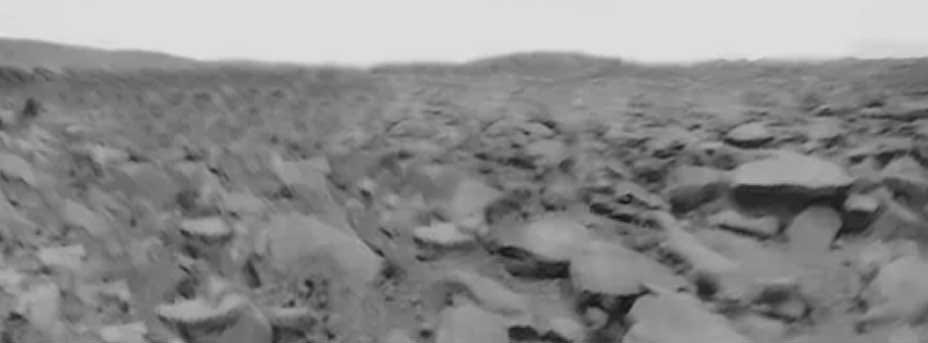
Pretty cool! Or should we say, pretty hot.
Beyond just photographs, the Russian probe also relayed scientific data such as the surface temperature on Venus, a rather warm 485°C (905°F). Their probe ceased to function after about an hour of operation at those sweltering temperatures.
All of these unmanned space missions we’ve talked about were expensive. And they all resulted in multiple photographs being sent back to earth. Plus, all that other data too.
Fast forward to the 1990s, and the case of the most expensive single photograph of all time
NASA had already captured the first photo from the surface of Mars via a probe it sent in the 1970s. That felt great, but in the 1990s, they were feeling the sting of egg on their face. A costly 1993 failure of their Mars Observer spacecraft just 3 days before it was set to begin collecting most of its data left the agency hungry to taste success on the Red Planet again.
Between the US and Russia, there had been about a dozen Mars mission failures in the 90s. Yikes! Besides the one bright spot of NASA's 1996 Pathfinder Rover (the first rover to successfully operate on another planet), the 90s were a pretty rough stretch for Mars exploration. Almost like a cursed decade.
Enter the Mars Climate Observer. Here's what it looked like in the lab before it was launched into space:
This 1999 mission, scientists hoped, would unlock secrets of Mars' atmosphere and produce the best quality photographs that had ever been taken of the Red Planet. This was its two-camera imaging system:
The spacecraft––which included both an orbiter module and a detachable surface lander––traveled 214 million miles through space all the way to Mars without any problems. Once it arrived, its mission was expected to last for nearly two years.
The rocket launch from Earth had been flawless. The traveling through space part went fine too. About two weeks before it entered Mars’ orbit, the Mars Climate Observer took a single image of Mars using its wide angle camera system:
There it is. One very expensive photograph.
By the way, I haven’t made the image artificially smaller or anything. That is the actual size. A tiny 200 pixel x 200 pixel square image, weighing in at just 3.3 kilobytes in size for you computer nerds out there. Not a lot of detail, is there?
The photograph, I think we can all agree, kind of sucks.
On September 23, 1999 the Mars Climate Orbiter entered orbit. The only problem was, it didn't stop. It just kept getting closer to Mars! Closer, and closer, and closer – until it burned up in the planet's atmosphere.
Why? An investigation revealed NASA's engineers had been using metric units in their calculations, while their software contractor Lockheed Martin had been using imperial units. Feet and inches vs meters and centimeters. The Mars Climate Orbiter that NASA had worked for years on was toast.
The total cost for this mathematical mistake?
$327.6 million. You might say the cost was astronomical. (Get it? Sorry!) And all the mission had to show for itself was a Single. Terrible. Photograph.
Since that image was so expensive, let’s look at it again. It’s the least we can do. Try to really savor it this time:
The worst part of the whole mess? Two NASA engineers had even noticed the math mistake ahead of time but they were unsuccessful at warning their supervisors because they "did not follow the rules about filling out [the proper] form to document their concerns."
Cringe.
The good news is, NASA picked themselves up, dusted themselves off, improved their internal processes and resolved to do better next time.
The spirit of scientific inquiry persevered
Earlier this year NASA landed its appropriately named Perseverance Rover on the surface of Mars, where it has launched the first-ever interplanetary drone – a mini helicopter that's taking spectacular imagery of the planet. So far we’ve downloaded tons of scientific data and over 94,000 images beamed back from our latest rover!
There you go. That's your story about the most expensive photograph ever taken. And it's also a story about not giving up, even when you suffer a humiliating defeat.
If you learned something new from this free forgotten history newsletter, please consider sharing it, or forwarding this email. If you haven't subscribed yet, you can do so using the link below. I also get a happy email alert every time someone hearts one of my posts.
Signing off until next month. Your friend in history,
Arlen




